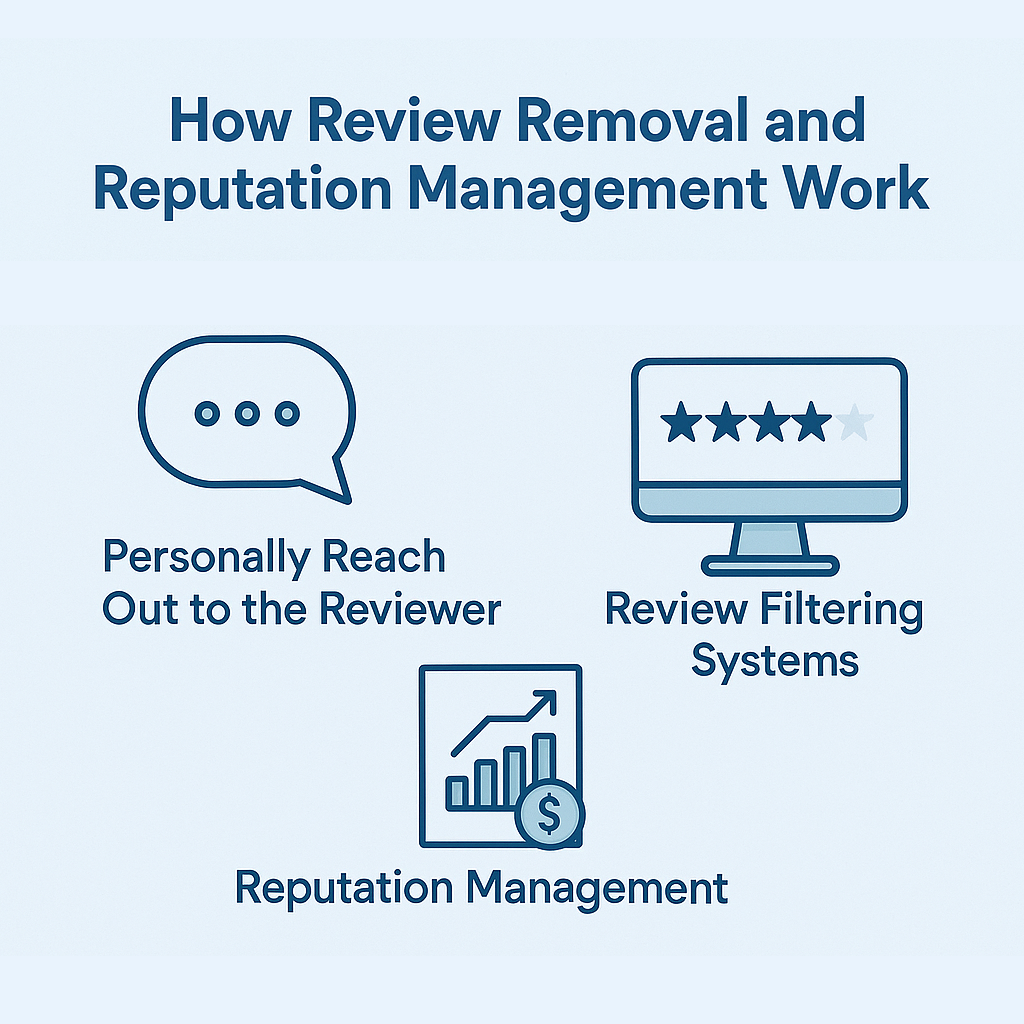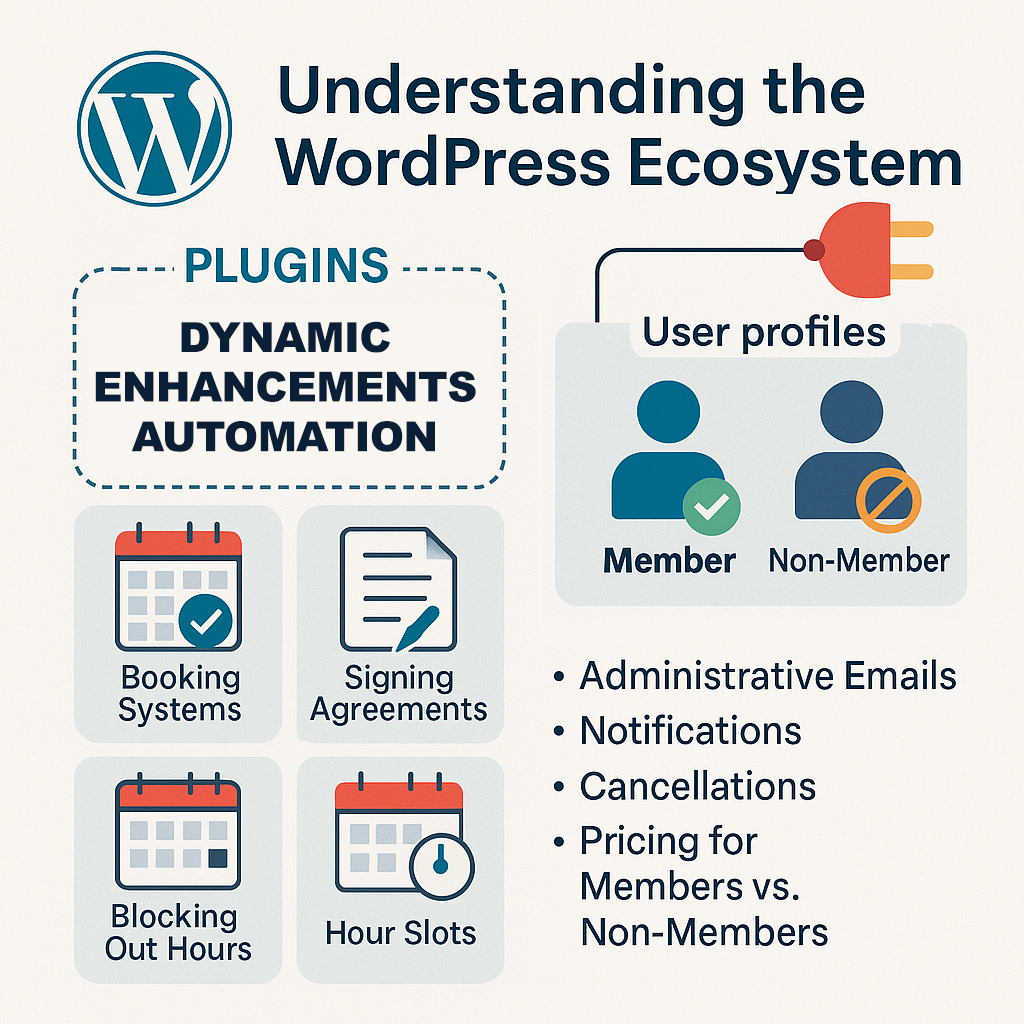“I am often asked by both clients and colleagues: how does a business improve its review scores—especially when facing negative reviews from former employees, competitors, or even unhappy customers with legitimate complaints?”
It’s a fair question, and one that nearly every business faces at some point. Online reviews are now a public reflection of your brand—and a single bad review, even if it’s years old or left under questionable circumstances, can affect customer perception and even search rankings. Here’s how businesses can approach this issue constructively:
1. Address the Review Transparently
If the review is legitimate, acknowledge it publicly. Potential customers respect businesses that own their mistakes and offer solutions. A professional, empathetic response shows that you care and are committed to improvement.
If the review was left by a former employee or competitor—both of which violate Google’s and Yelp’s review policies—you may flag it for removal. Be prepared to provide evidence, such as internal records or identifying details, to support your case.
2. Focus on Generating Fresh, Positive Reviews
The best way to improve your overall rating is to dilute the impact of older or unfair reviews by consistently generating new, authentic 4- and 5-star reviews from satisfied customers. This can be done through:
- Automated follow-ups after a sale or service
- In-person requests at peak satisfaction points
- Strategically placed QR codes or review links in emails, receipts, and signage
- Over time, this not only raises your average score, but also pushes negative reviews further down the list—where fewer people see them.
3. Engage a Reputation Management Strategy
For persistent issues or reputational damage, businesses can turn to reputation management services. These firms use SEO, content creation, and public relations to suppress negative content, highlight positive feedback, and improve your brand presence across platforms.
4. Learn from Legitimate Criticism
Not all bad reviews are bad for business. Some contain valuable feedback that can lead to service improvements, better training, or a closer look at how your brand is being perceived. If you’ve made changes in response to criticism, mention that in your reply to show you’re proactive and responsive.
5. Monitor Regularly and Stay Consistent
Make review monitoring part of your regular operations. Assign someone to check reviews weekly, respond quickly, and track trends. This ensures nothing falls through the cracks—and shows future customers that your business is active and attentive.
How Review Removal and Reputation Management Work
Once a review is posted on a public platform like Google or Yelp, there’s no official or guaranteed method to have it removed—unless it clearly violates the platform’s content policies. In most cases, your only option is to personally reach out to the reviewer. This might involve publicly responding to their feedback, acknowledging their concerns, and offering a resolution. If the customer is satisfied with the outcome, you can politely ask them to consider updating or removing their review. This approach is the most ethical and transparent, and it demonstrates good customer service to others reading your reviews.
If the review remains, there are other (less direct and often costly) methods to manage your online reputation:
- Reputation Management Services
These are firms that specialize in using SEO techniques and high-authority publishing to “bury” negative reviews. They can sometimes leverage their relationships with platforms or use algorithmic strategies to push unfavorable content down in search rankings. However, these services can be very expensive, and results are not always guaranteed. - Review Filtering Systems (“PUSH” Strategy)
Some companies offer automated tools that solicit customer feedback through lead capture forms or surveys. These systems often ask users to rate their experience before redirecting them to leave a public review. If the rating is high (typically 4 or 5 stars), the customer is guided to post their review on platforms like Google. If the rating is low, the feedback is instead directed internally—preventing it from going public. This tactic doesn’t remove bad reviews, but it can dilute them by increasing your volume of positive reviews, pushing negative ones further down the list and reducing their visibility.
Important Note: While these strategies exist, always ensure your methods are compliant with the review policies of the platform you’re working with. Engaging in deceptive practices can result in penalties, including the removal of all your reviews or even suspension of your business listing.
Read and learn more: Effective Ways to Encourage Customer Reviews





